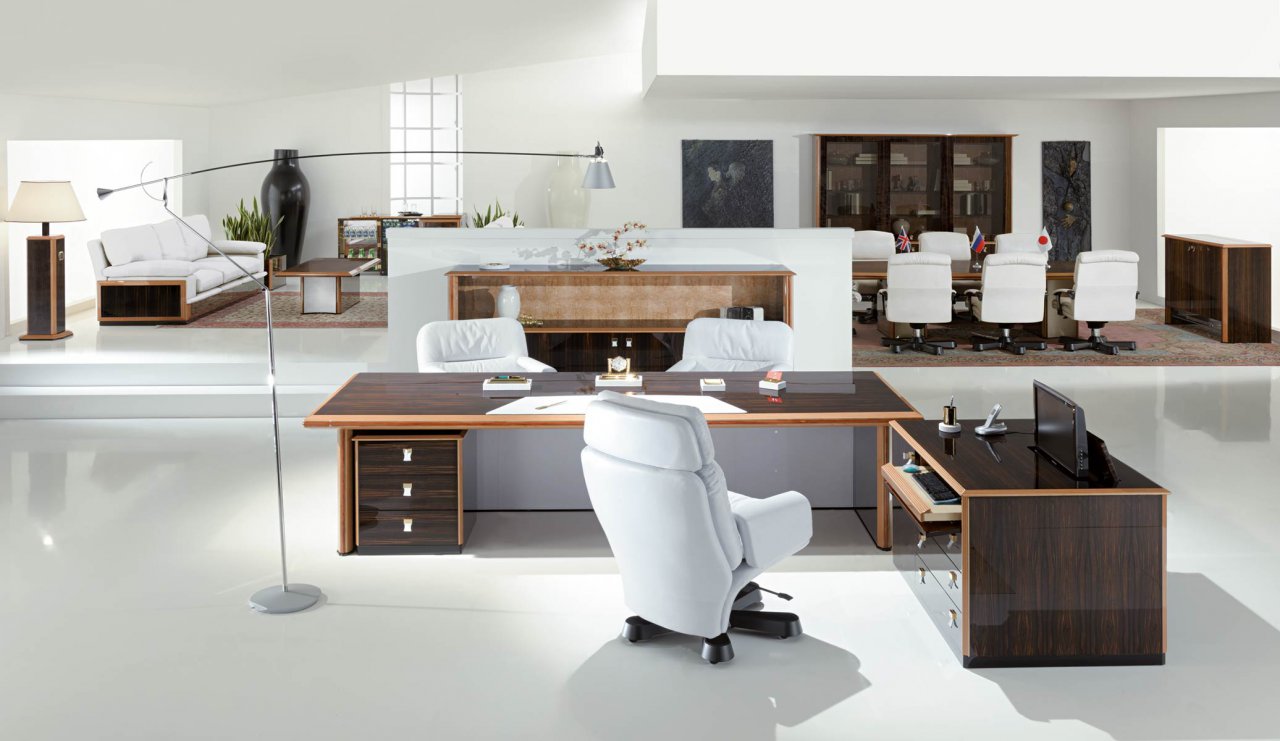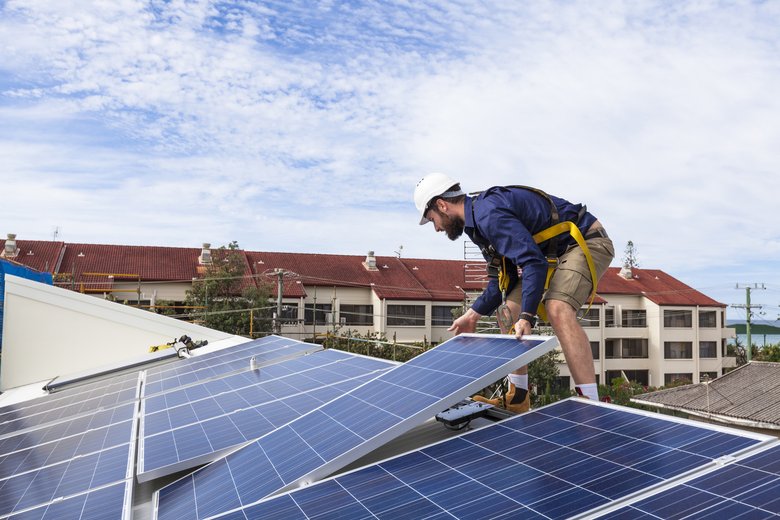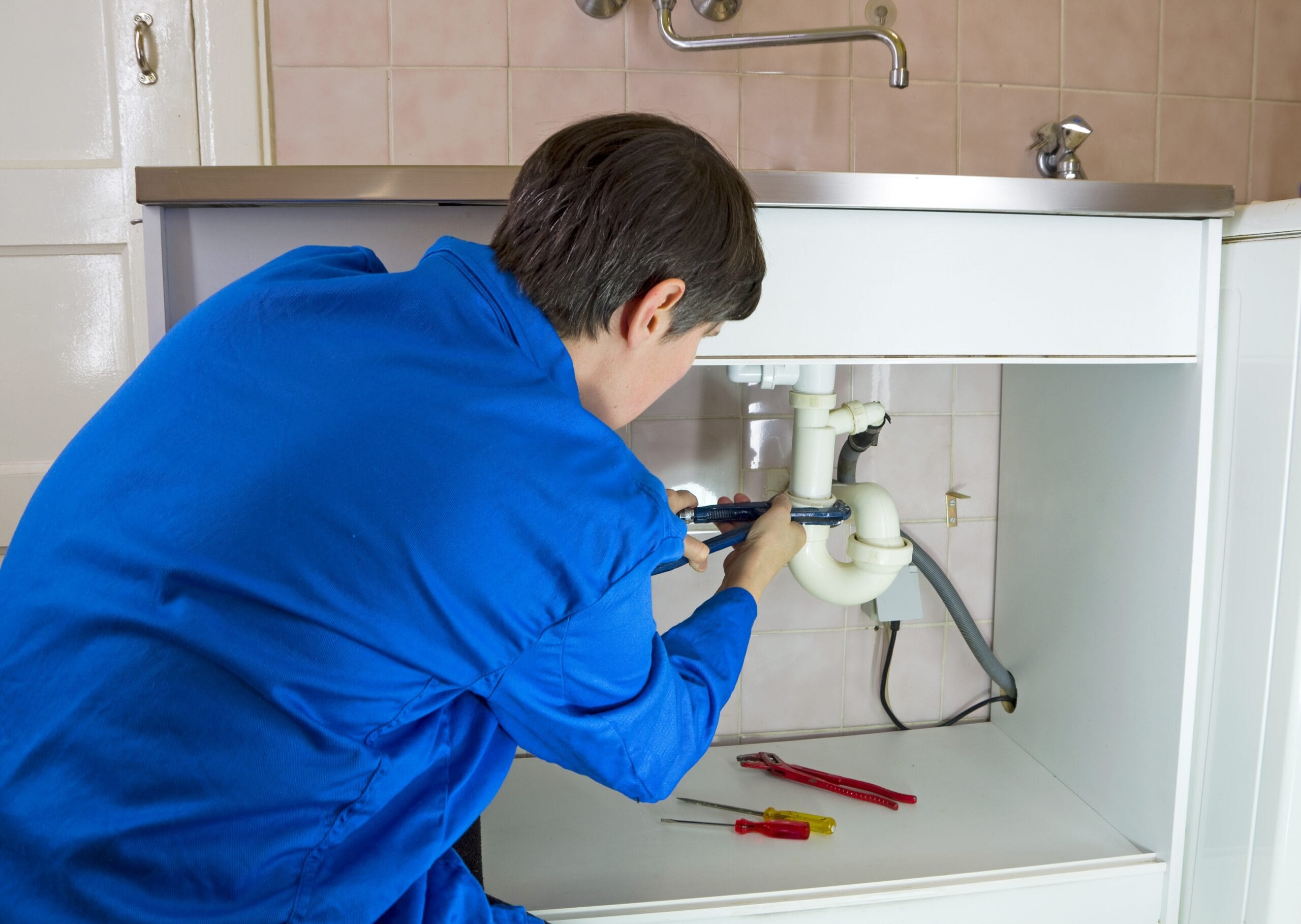Why Comfort Is the New Luxury in Offices

The corporate world has undergone a seismic shift in recent years, fundamentally altering how we perceive workplace environments and their impact on productivity, creativity, and employee satisfaction. Gone are the days when sterile cubicles, harsh fluorescent lighting, and uncomfortable seating were accepted as necessary evils of professional life. Today's workforce demands more than just a place to complete tasks; they seek environments that nurture their well-being, inspire innovation, and support their physical and mental health throughout the workday.
This transformation didn't happen overnight. It emerged from a growing understanding that human comfort directly correlates with performance, engagement, and overall job satisfaction. Companies that once viewed employee comfort as an unnecessary expense now recognize it as a strategic investment in their most valuable asset: their people. The shift represents more than changing furniture or adding plants; it signifies a fundamental reimagining of what work environments should provide for the humans who inhabit them daily.
The modern office has evolved into a carefully curated space where every element serves a purpose beyond mere functionality. From ergonomic seating that supports natural posture to lighting systems that mimic natural circadian rhythms, contemporary workplaces prioritize human-centered design principles that were unimaginable just a generation ago. This evolution reflects our deeper understanding of how physical environments influence cognitive function, emotional well-being, and collaborative dynamics.
What makes this shift particularly compelling is its universality across industries and company sizes. Whether it's a tech startup in a converted warehouse or a traditional financial firm in a downtown skyscraper, organizations are recognizing that comfort isn't a luxury to be rationed but a necessity that drives business success. The correlation between employee comfort and organizational performance has become impossible to ignore, making workplace comfort a competitive advantage rather than merely a nice-to-have amenity.
Redefining Professional Spaces Beyond Traditional Boundaries
The conventional office layout, with its rigid hierarchies expressed through physical space allocation, has given way to flexible environments that adapt to human needs rather than forcing humans to adapt to inflexible structures. This transformation challenges long-held assumptions about what professional spaces should look like and how they should function.
Modern offices embrace the concept of activity-based working, where different tasks require different environmental settings. Quiet reflection might happen in a cozy alcove with soft lighting and comfortable seating, while brainstorming sessions unfold in bright, energetic spaces with moveable furniture and writable surfaces. This approach recognizes that human productivity isn't constant throughout the day and that different types of work benefit from different environmental conditions.
The boundaries between work and relaxation have blurred in productive ways, creating spaces that feel more like curated living environments than traditional offices. Comfortable lounging areas, kitchen spaces that encourage informal interactions, and quiet retreats for phone calls or focused work reflect a more nuanced understanding of how adults actually prefer to work when given the choice.
Biophilic design elements have become standard rather than exceptional, incorporating natural materials, living plants, and nature-inspired patterns that connect occupants with the natural world. These elements don't just improve aesthetics; they demonstrably reduce stress, improve air quality, and enhance cognitive function. The integration of natural elements represents a rejection of the sterile, institutional environments that dominated office design for decades.
Technology integration happens seamlessly, supporting human comfort rather than dominating the environment. Wireless charging stations built into comfortable seating areas, adjustable lighting controlled through smartphone apps, and climate systems that respond to occupancy patterns all contribute to environments that feel intuitive and responsive to human needs.
Learning From Educational Environment Innovations
The transformation of workplace comfort has drawn significant inspiration from innovations in educational settings, where researchers have long studied the relationship between physical environments and learning outcomes. Classroom furniture design has evolved dramatically over the past decade, moving away from rigid rows of uncomfortable desks toward flexible, adaptable configurations that support different learning styles and promote collaboration, comfort, and engagement among students of all ages.
Educational environments have pioneered many concepts now standard in progressive offices, including modular furniture systems that can be quickly reconfigured for different activities, comfortable seating options that accommodate various postures and preferences, and spaces designed to reduce fatigue during long periods of mental engagement. The lessons learned from creating environments where students can focus, collaborate, and learn effectively translate directly to workplace settings where employees need to perform similar cognitive tasks.
The emphasis on ergonomic design in educational settings has informed workplace furniture selection, with particular attention to supporting healthy posture during extended periods of sitting or standing. Height-adjustable desks, chairs that promote active sitting, and alternative workstations that accommodate different working positions have become common in both classrooms and offices, reflecting shared understanding of human physiological needs.
Color psychology, lighting design, and acoustic management techniques developed for educational environments have found new applications in office settings. The calming effects of certain color palettes, the importance of natural light for maintaining alertness, and the need for acoustic privacy in open environments are principles that apply equally to learning and working contexts.
The concept of creating multiple zones within a single space, each optimized for different types of activities, originated in educational design and has become fundamental to modern office planning. Just as classrooms now feature reading corners, collaboration areas, and presentation spaces, offices incorporate focus zones, meeting areas, and social spaces that support the full spectrum of work activities.
Wellness Architecture That Actually Works
The integration of wellness principles into office design has moved far beyond superficial additions like meditation rooms or gym facilities. Today's comfort-focused offices incorporate wellness into their fundamental architecture, creating environments that actively support physical and mental health throughout the workday.
Air quality has become a primary consideration in office design, with advanced filtration systems, abundant plant life, and careful attention to off-gassing from materials and furnishings. The recognition that poor air quality contributes to fatigue, headaches, and reduced cognitive function has made clean air a non-negotiable element of comfortable work environments.
Lighting design now reflects our understanding of circadian rhythms and their impact on sleep, mood, and productivity. Dynamic lighting systems that adjust color temperature and intensity throughout the day help maintain natural biological rhythms, reducing the jarring effects of artificial illumination and supporting better overall health for office occupants.
Acoustic design addresses the cognitive load imposed by noise pollution in open office environments. Sound masking systems, strategic use of sound-absorbing materials, and careful space planning create acoustic environments that support concentration without feeling oppressively quiet. The goal is creating soundscapes that feel natural and comfortable rather than distracting or sterile.
Movement and physical activity are integrated naturally into the office environment through features like walking meetings paths, standing workstations, and staircases designed to be appealing alternatives to elevators. These design elements encourage physical activity throughout the day without requiring separate time commitments or special clothing changes.
Temperature control has evolved beyond simple thermostats to sophisticated systems that account for individual preferences, occupancy patterns, and seasonal variations. Personal climate control options, such as desk-level heating and cooling, acknowledge that thermal comfort varies significantly among individuals and throughout the day.
Furniture That Adapts to Human Behavior
The furniture industry has undergone a revolutionary transformation in response to changing workplace comfort expectations. Modern office furniture prioritizes adaptability, ergonomics, and aesthetic appeal in ways that would have been unimaginable in traditional corporate environments.
Ergonomic seating has evolved far beyond basic adjustable chairs to include options that promote movement, support various sitting positions, and accommodate different body types and preferences. Active seating options, such as balance balls and standing desk converters, provide alternatives for people who find traditional chairs uncomfortable or restrictive during long work sessions.
Modular furniture systems allow for easy reconfiguration as team sizes change or project needs evolve. Rather than being locked into static arrangements, modern offices can adapt their physical layout to match their current functional requirements, supporting both individual focus work and collaborative projects without requiring major renovations.
Storage solutions have become more sophisticated and less intrusive, with built-in organizational systems that reduce visual clutter while keeping necessary items easily accessible. The goal is creating clean, uncluttered environments that support mental clarity while providing practical functionality for daily work needs.
Technology integration in furniture design addresses the reality of modern work life, where multiple devices and charging needs are standard. Furniture pieces now include built-in power outlets, cable management systems, and surfaces designed to accommodate laptops, tablets, and smartphones without creating cluttered or unsafe working conditions.
Aesthetic considerations have gained equal importance to functional ones, with furniture selection contributing to overall environmental appeal and employee satisfaction. Beautiful, well-designed furniture contributes to a sense of pride in the workplace and reflects organizational values about investing in employee experience.
Creating Zones for Different Energy Levels
Modern comfort-focused offices recognize that human energy and focus fluctuate throughout the day, requiring different environmental supports at different times. Rather than forcing all activities into identical spaces, contemporary office design creates distinct zones optimized for various energy levels and types of work.
High-energy collaboration spaces feature bright lighting, vibrant colors, and flexible furniture arrangements that can accommodate dynamic group activities. These areas are designed to energize and inspire, with visual elements and spatial arrangements that promote creativity and active engagement among team members.
Focus zones provide quiet, distraction-free environments for individual work requiring deep concentration. These spaces typically feature softer lighting, comfortable seating, and acoustic privacy that allows for sustained mental effort without interruption. The design emphasizes creating cocoon-like environments that support extended periods of focused work.
Social and informal meeting spaces bridge the gap between formal conference rooms and individual workstations, providing comfortable settings for casual conversations, impromptu meetings, and relationship-building activities. These areas often feature residential-style furniture and relaxed atmospheres that encourage open communication and collaboration.
Restoration areas acknowledge that human productivity requires regular breaks and recovery periods. These spaces might include comfortable seating for brief relaxation, quiet areas for phone calls, or informal spaces where employees can step away from their primary work areas to recharge mentally and physically.
Transition zones help employees move between different types of activities and energy levels throughout the day. Rather than abrupt changes between work areas, thoughtful design creates gradual transitions that help people mentally and physically adjust to different working modes and requirements.
Breaking Down Hierarchical Space Distribution
Traditional office hierarchies expressed through space allocation are giving way to more egalitarian approaches that prioritize function over status. This shift reflects changing workplace cultures and a growing understanding that comfortable, well-designed spaces should be available to all employees regardless of their position in the organizational hierarchy.
Executive offices are being reimagined as shared leadership spaces that can accommodate various meeting types and working styles rather than serving as status symbols. When private offices are necessary, they're often designed with glass walls or other features that maintain connection with the broader team while providing necessary privacy for sensitive conversations.
Open collaboration areas receive the same design attention and budget allocation as previously reserved for executive spaces, reflecting the understanding that team productivity depends on creating inspiring environments for collaborative work. These spaces often feature high-quality furniture, sophisticated technology integration, and thoughtful aesthetic design.
Shared amenities, such as kitchen areas, lounges, and meeting spaces, are designed as high-quality environments that serve all employees equally. Rather than having different tiers of amenities based on job level, modern offices provide consistently comfortable and well-appointed shared spaces that reinforce organizational values about equality and respect.
Individual workstations receive equal attention to ergonomics and comfort regardless of the occupant's role or seniority level. This approach recognizes that all employees deserve comfortable working conditions and that productivity benefits when everyone has access to well-designed work environments.
Meeting spaces are allocated based on functional needs rather than status considerations, with a variety of room sizes and configurations available to support different types of meetings and group work. The focus is on matching space characteristics to meeting requirements rather than reserving the best spaces for the highest-ranking participants.
The Economics of Comfort Investment
Organizations are discovering that investments in workplace comfort generate measurable returns through improved productivity, reduced absenteeism, enhanced recruitment and retention, and decreased healthcare costs. The financial case for comfortable work environments has become increasingly compelling as companies measure the impact of environmental factors on business outcomes.
Productivity improvements from comfortable work environments typically exceed the costs of upgrades within relatively short timeframes. When employees are more comfortable, focused, and energized, they accomplish more work in less time while maintaining higher quality standards. These improvements compound over time, creating significant long-term value for organizations willing to invest in employee comfort.
Recruitment advantages from attractive, comfortable work environments help organizations attract top talent in competitive job markets. Prospective employees increasingly evaluate potential employers based on their commitment to employee well-being, making comfortable workspaces a differentiating factor in talent acquisition efforts.
Retention benefits reduce the substantial costs associated with employee turnover, including recruitment, training, and productivity losses during transition periods. Employees who feel valued through their work environment are more likely to remain with their current employers, reducing turnover-related expenses and maintaining institutional knowledge.
Healthcare cost reductions result from improved ergonomics, better air quality, and reduced stress levels associated with comfortable work environments. When employees experience fewer work-related health issues, organizations benefit from reduced insurance claims, fewer sick days, and improved overall workforce health.
Real estate efficiency improvements often accompany comfort-focused office design, as flexible, well-designed spaces can accommodate more activities and people than traditional rigid layouts. Organizations may discover they can achieve the same functionality with less square footage when spaces are designed for maximum comfort and utility.
Conclusion
The transformation of workplace comfort from luxury to necessity represents more than a trend; it signifies a fundamental shift in how we understand the relationship between human well-being and organizational success. As we've explored throughout this examination, comfortable work environments aren't just pleasant amenities but strategic investments that drive measurable business outcomes while honoring the basic human need for dignity and well-being in professional settings.
The evidence supporting comfort-focused office design continues to accumulate across industries and organizational types. Companies that prioritize employee comfort consistently report improvements in productivity, creativity, engagement, and retention that far exceed the costs of environmental upgrades. This return on investment makes comfort-focused design not just morally compelling but economically essential for organizations seeking sustainable competitive advantages.
The democratization of workplace comfort, where all employees regardless of hierarchy level have access to well-designed, comfortable work environments, reflects broader cultural shifts toward more equitable and humane workplace practices. This approach recognizes that every team member contributes value and deserves working conditions that support their ability to perform at their best.
Looking forward, the integration of comfort principles into office design will likely become even more sophisticated as our understanding of human needs in work environments continues to evolve. Emerging technologies, new materials, and ongoing research into the connections between physical environments and human performance will undoubtedly create new opportunities to enhance workplace comfort in ways we haven't yet imagined.
The organizations that embrace comfort as a core element of their workplace strategy position themselves not just for immediate improvements in employee satisfaction and performance, but for long-term success in an increasingly competitive landscape where human talent represents the ultimate differentiating factor. In this context, comfort isn't luxury; it's the foundation upon which sustainable organizational success is built.
Note: IndiBlogHub features both user-submitted and editorial content. We do not verify third-party contributions. Read our Disclaimer and Privacy Policyfor details.







